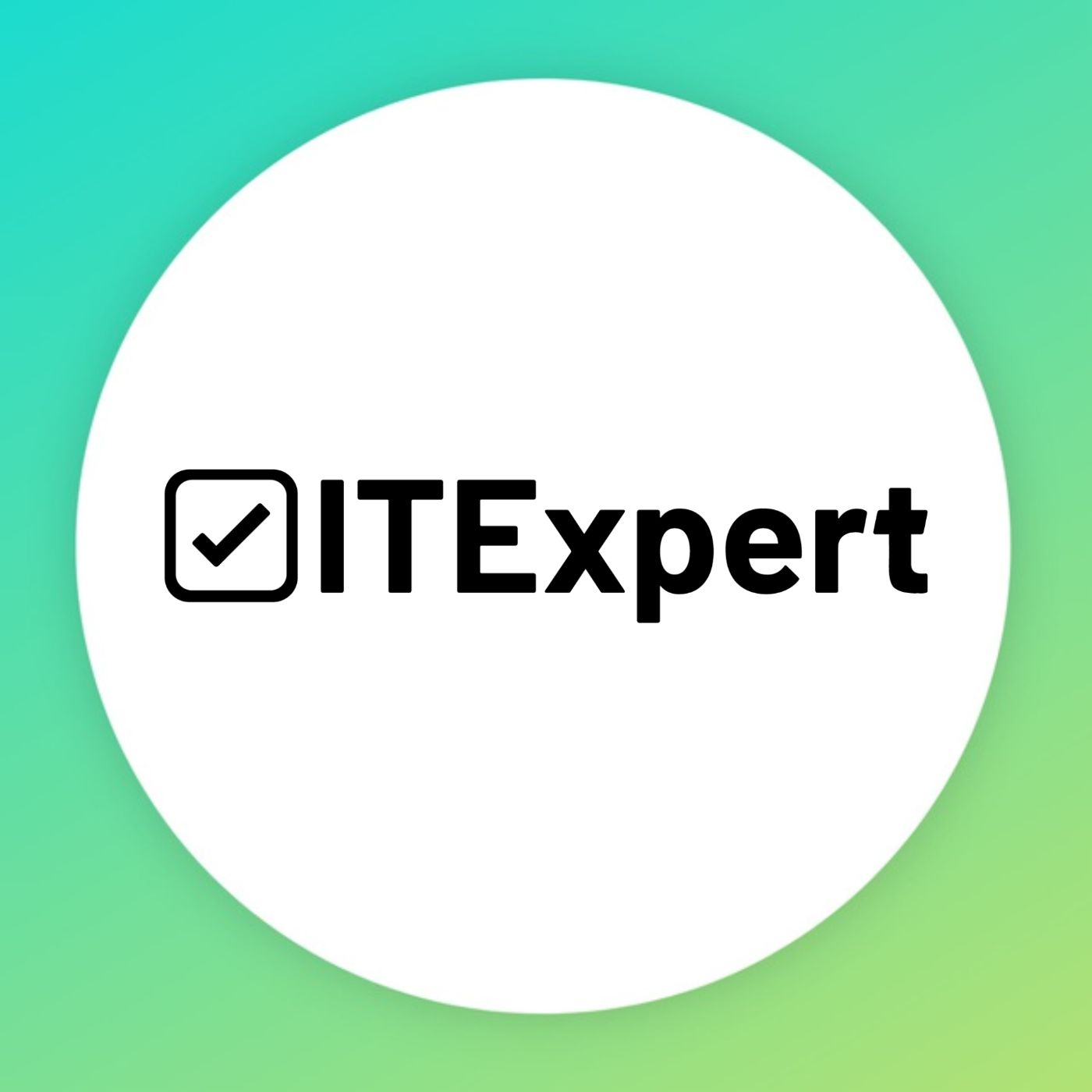Audio Presented by

Recruitment agency working with IT companies, forming teams for startups and looking for talents for R&D centers.
About Author
Recruitment agency working with IT companies, forming teams for startups and looking for talents for R&D centers.